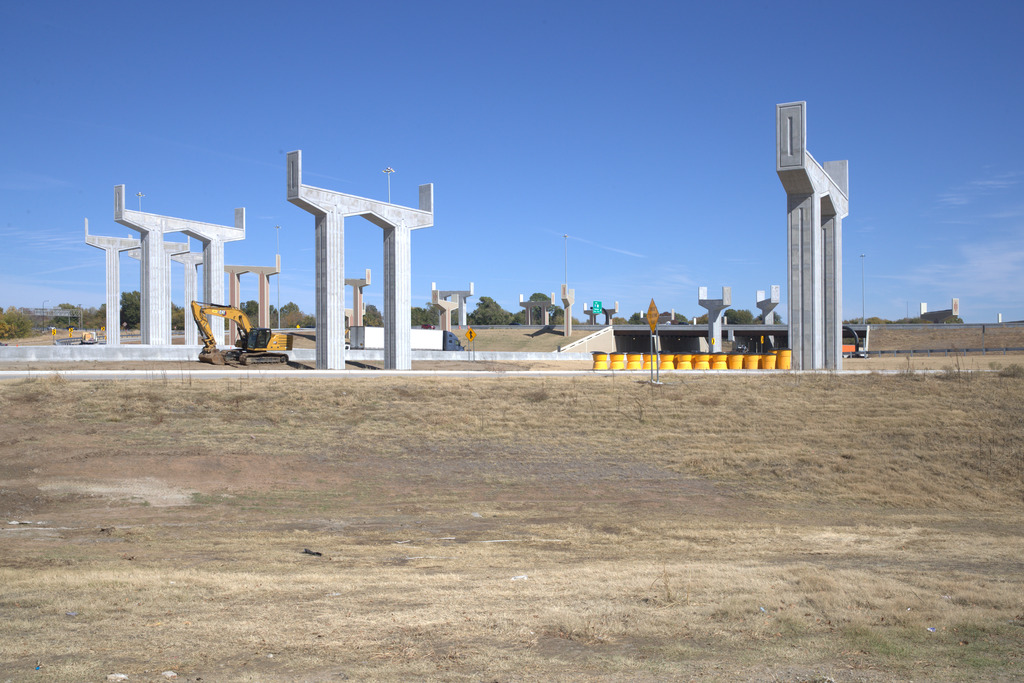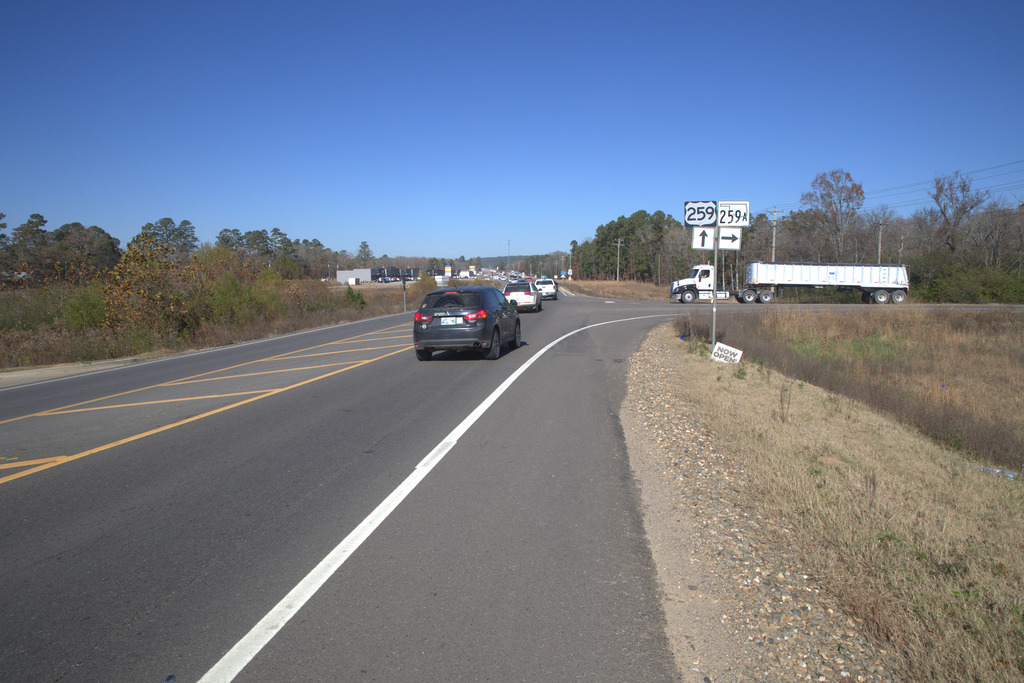More than $9 billion in upgrades are planned in the latest updates of both the Oklahoma Department of Transportation’s Eight-Year Construction Work Plan and Four-Year Asset Preservation Program.

Approved by the Oklahoma Transportation Commission, the Federal Fiscal Year 2024-2031 Eight-Year Construction Work Plan contains $8.8 billion worth of critically needed transportation improvement projects designed to improve the safety and reliability of Oklahoma’s highway network. The companion 2024-2027 Asset Preservation Plan includes a nearly $500 million investment in preventative maintenance to extend the life of the state’s highway infrastructure.
The two plans together will address the 15 remaining structurally deficient highway bridges in the state that were not already under contract for rehabilitation or replacement. Another 395 bridges at risk of becoming structurally deficient are also included. The Construction Work Plan also includes 1,100 miles of improvements to two-lane highways with deficient shoulders.
“Through the dedicated focus of the Eight-Year Plan, the department has been able to address critical highway infrastructure needs, especially on our bridges,” said secretary of transportation and ODOT executive director Tim Gatz. “We’re adjusting that focus in recent years to improve more of those rural two-lane highways that need shoulders. This will have a tremendous impact on safety in rural areas. Maintaining safe and effective routes on Oklahoma’s highway system is a critical part of the state’s economy that keeps us connected to the nation and the world.”
Investments in Oklahoma’s transportation system have made significant impacts to the quality and level of service of the state’s highway infrastructure since the first Eight-Year Plan was approved in 2003. At that time, Oklahoma had 1,168 structurally deficient bridges on the highway system, making the state among the worst nationally for bridge conditions. Oklahoma was ranked No. 5 in 2022 thanks to strategic planning with the Construction Work Plan and continued commitments from legislators, governors and ODOT officials in the past two decades.

FFY 2024-2031 Eight-Year Construction Work Plan
$8.8 billion in total investment
1,738 total projects
Addresses 643 bridges through rehabilitation or replacement
Nearly 3,800 miles of roadway improvements, which includes more than 1,100 miles of safety improvements on two-lane highways with deficient or no shoulders.
FY2024-2027 Asset Preservation Plan
$497 million in total investment
290 total projects
Rehabilitation of 146 highway bridges
More than 1,800 miles of pavement resurfacing
Notable projects added or advanced in the Eight-Year Construction Work Plan include:
In the Oklahoma City metro area, improvements to the I-35/I-240 and I-35/I-44 interchanges as well as resurfacing I-35 between the Oklahoma River and S.E. 89th
In the Tulsa metro area, improvements to the I-44 and US-75 interchange.
In Eastern Oklahoma, resurfacing of US-69 between Checotah and Eufaula in McIntosh County.
In Southeastern Oklahoma, adding shoulders along SH-37 west of Idabel and improvements on US-259 in Hochatown in McCurtain County moved forward to 2024.
In Southeast Central Oklahoma, bridge rehabilitations over I-44 at SH-37 East and S.W. 119th in Cleveland County and at SH-145 over I-35 in Garvin County.
In South Central Oklahoma, planning for improvements along I-35 between Marietta in Love County and Springer in Carter County, as well as an I-35 bridge reconstruction at Thackerville in Love County.
In Western Oklahoma, widening US-270 near SH-58 west of Watonga in Blaine County, and pavement reconstruction on I-40 west of US-281 in Caddo County.
In Northwest Oklahoma, adding shoulders to SH-45 in Alfalfa County and resurfacing part of US-281 in Alva in Woods County.
Federal grants helped offset increased estimates due to inflation and rising materials costs on some projects in the latest plan updates. These included an $85 million mega grant for the I-44 and US-75 interchange in Tulsa and a $45 million TIFIA loan for 29 miles of improvements to rural two-lane highways with deficient shoulders. In total, the Eight-Year Plan includes 1,738 individual projects and the Asset Preservation Plan includes another 290 projects.
The Oklahoma state legislature also committed $200 million in a one-time allocation to the Rural Economic Transportation Reliability and Optimization Fund. Per RETRO Fund provisions, these resources will help accelerate construction, repair and maintenance of Eight-Year Construction Work Plan projects in qualifying rural areas that have experienced robust economic development causing an impactful increase to traffic volumes and safety concerns.
“The legislature must be commended for supporting the needs of Oklahoma’s transportation network with the $200 million allocation of RETRO Funds,” Gatz said. “The RETRO funding that has been provided this year has been an absolute difference-maker and where at one-time we had envisioned it would help us advance some projects, and we did advance some, but it kept some very critical projects on the path to construction in an inflationary environment that was challenging for us to manage.”
An interactive map showing all projects on both plans can be found on the ODOT homepage at www.odot.org, under “Programs and Projects” then “ODOT Construction Work Plan.” This tool allows users to easily locate projects and related information.
 TEXTILES.ORG
TEXTILES.ORG


